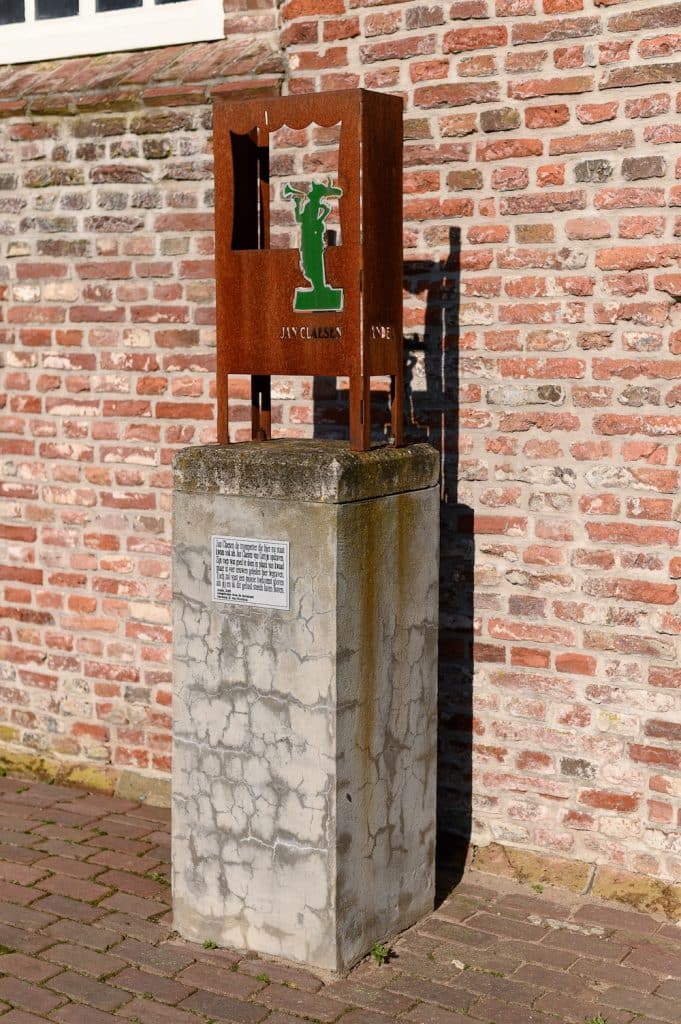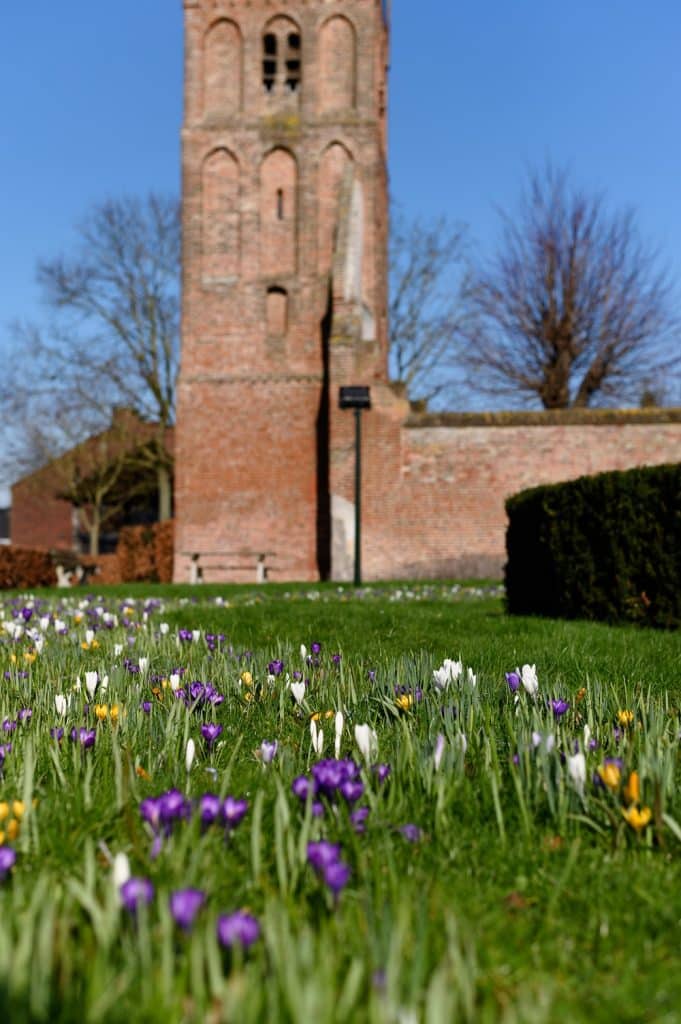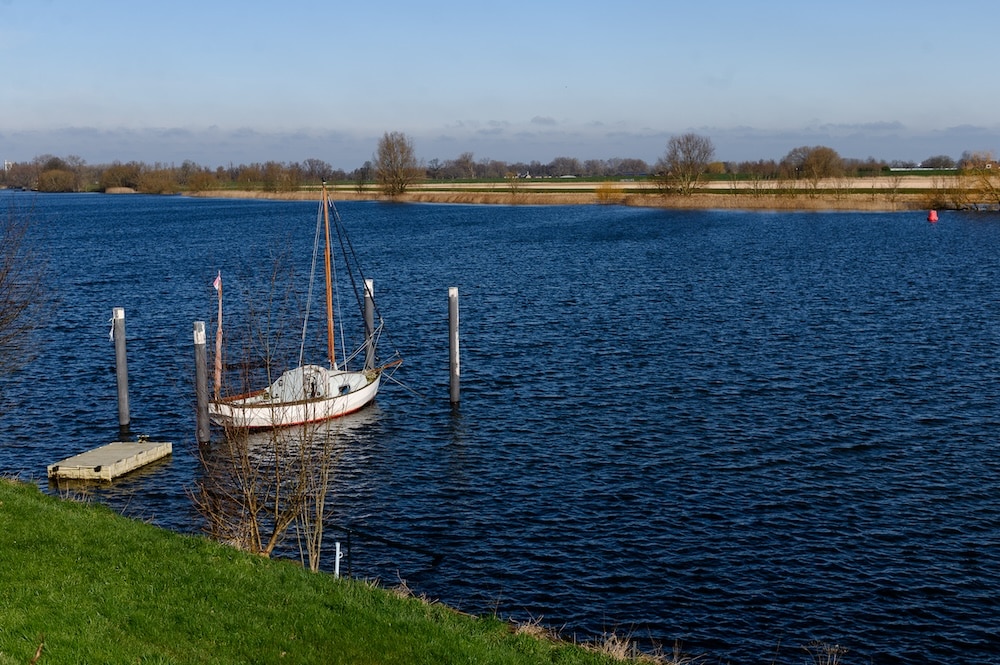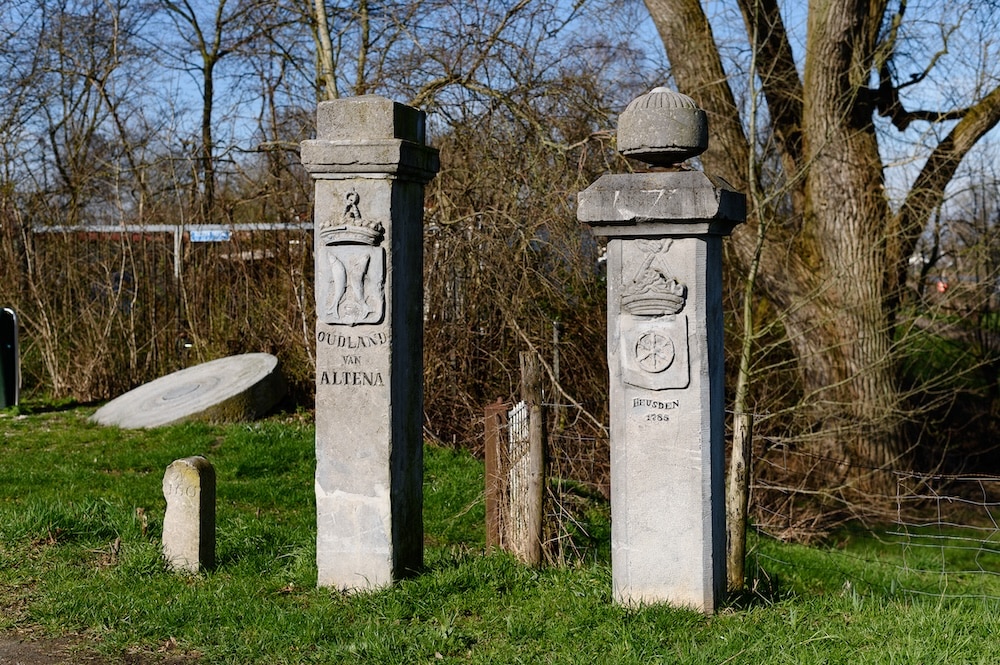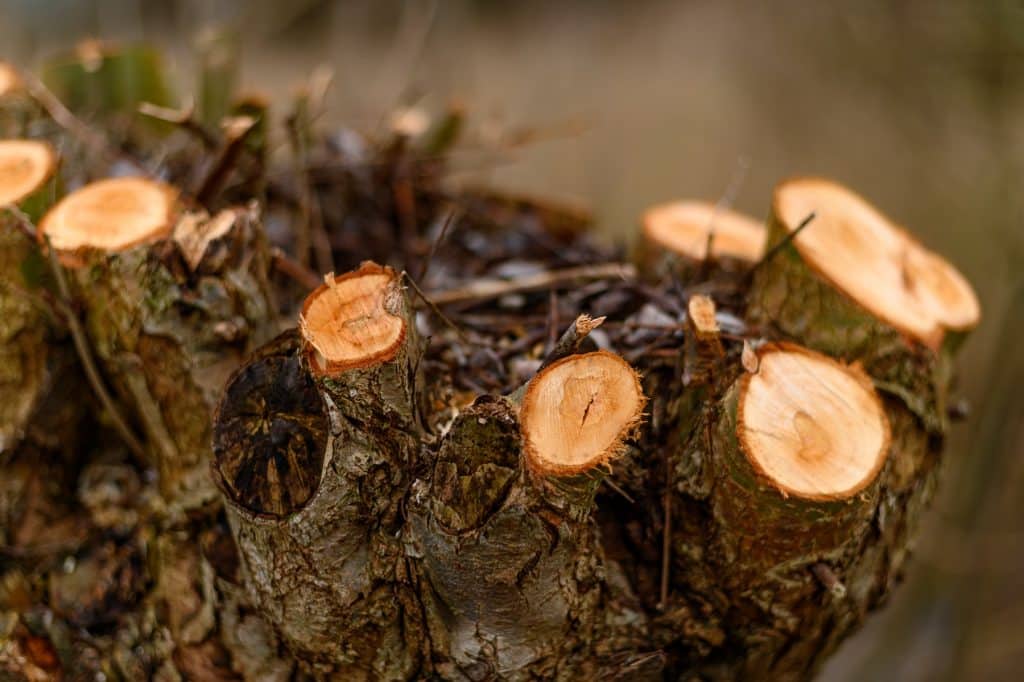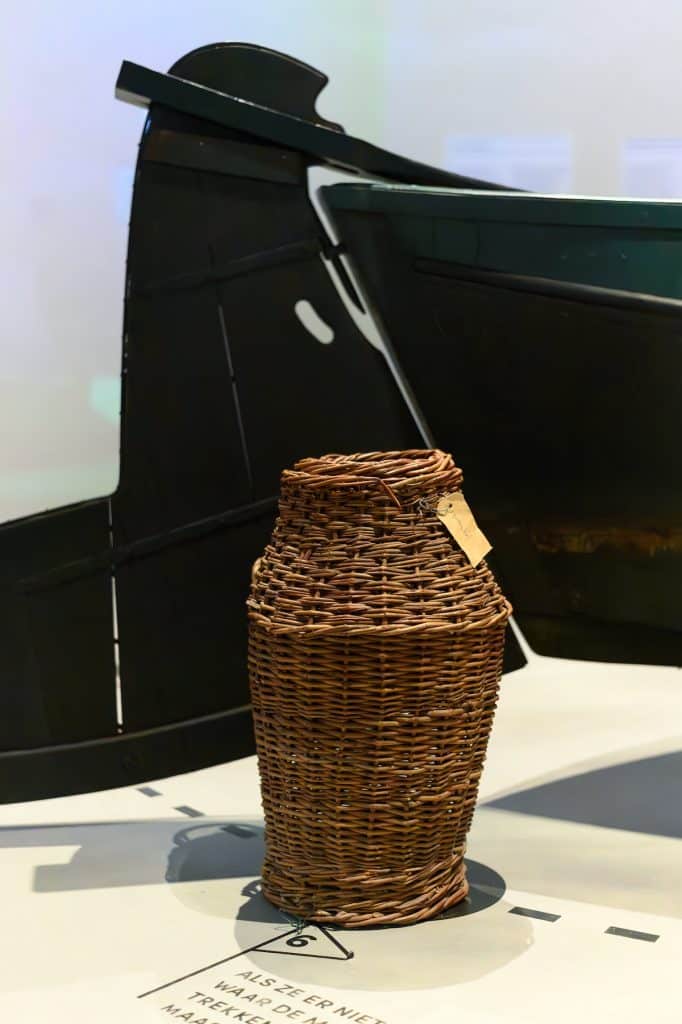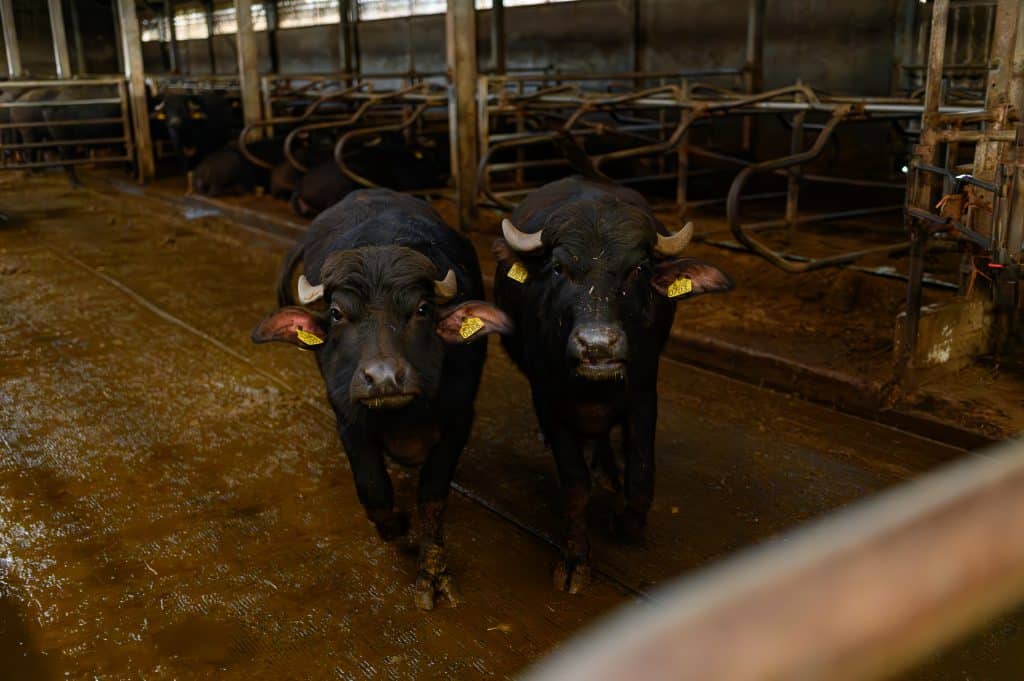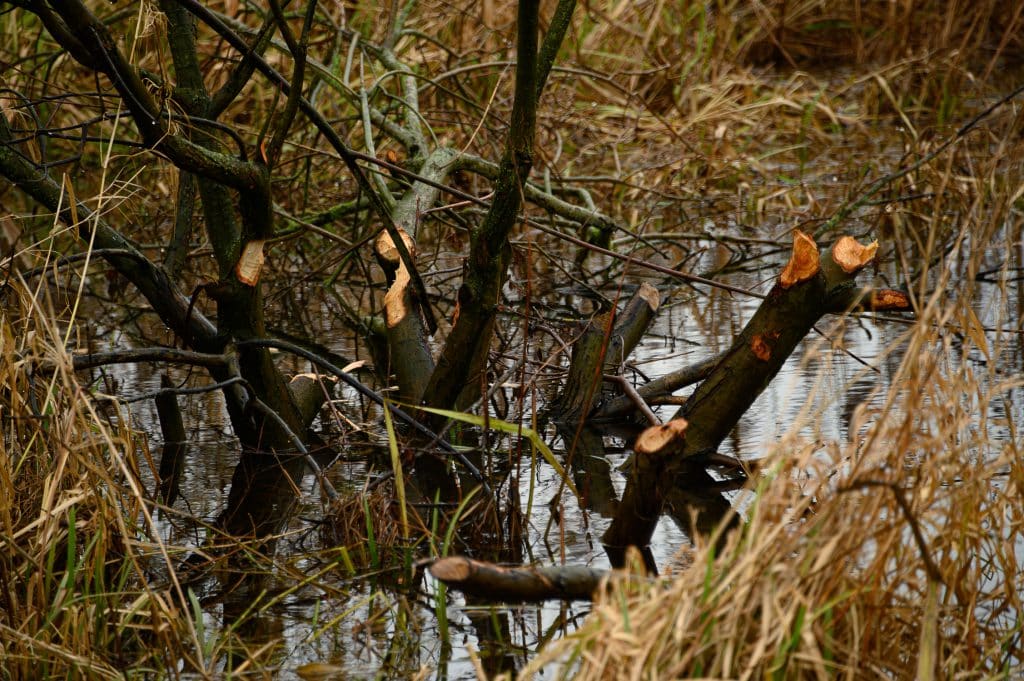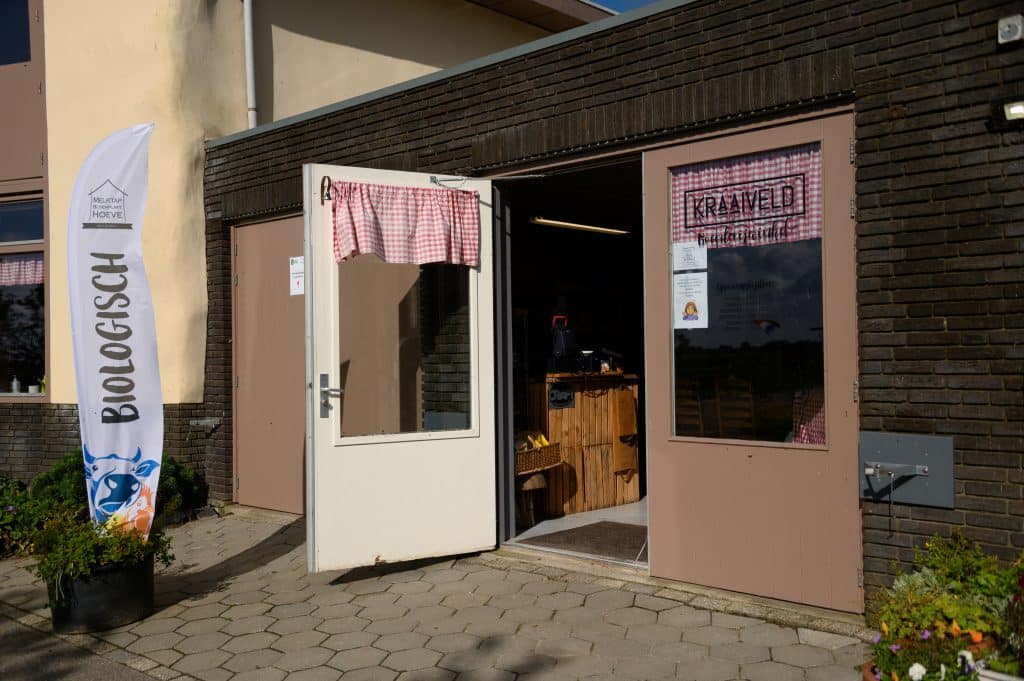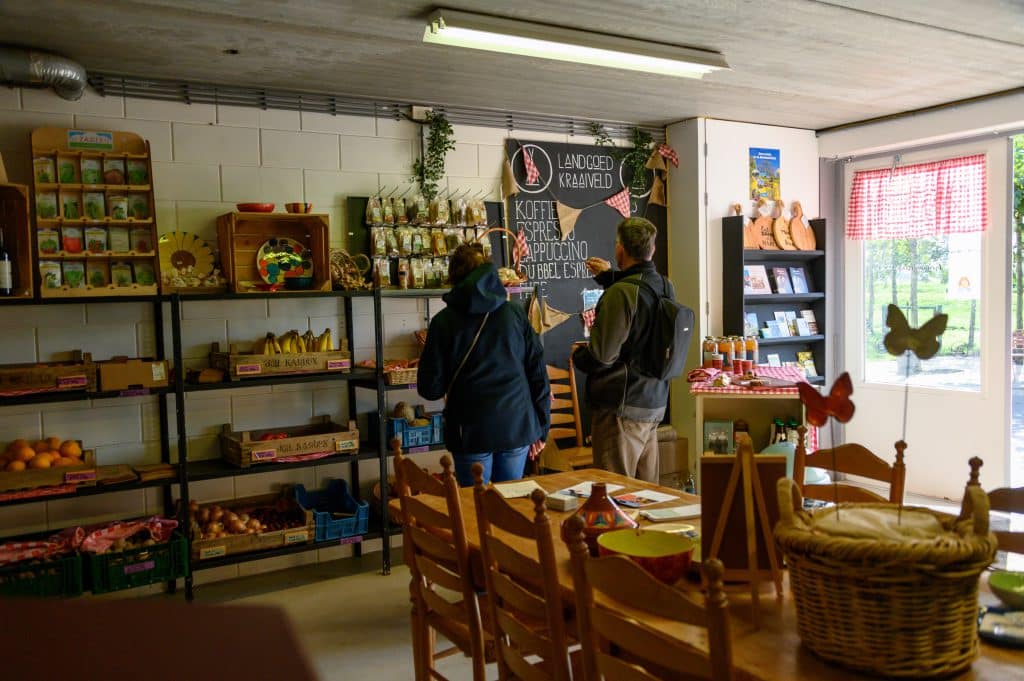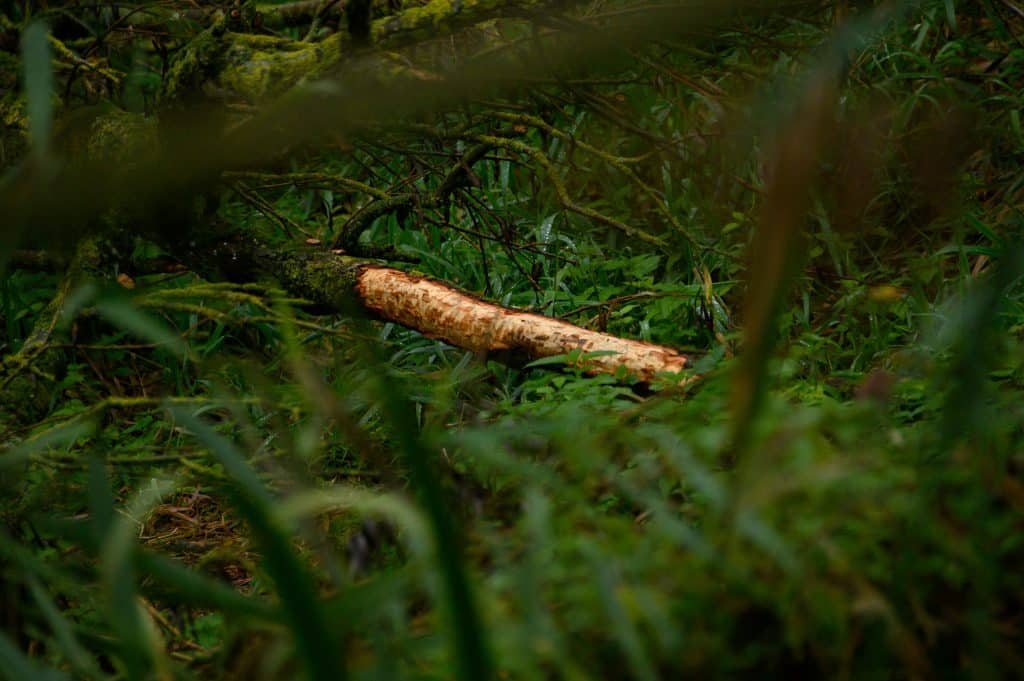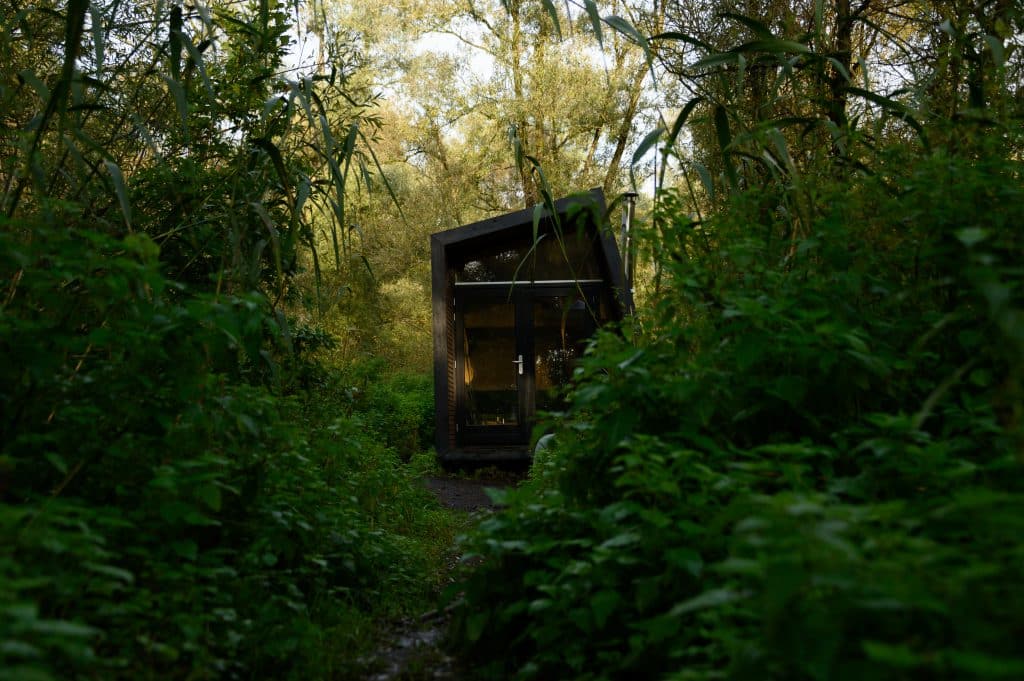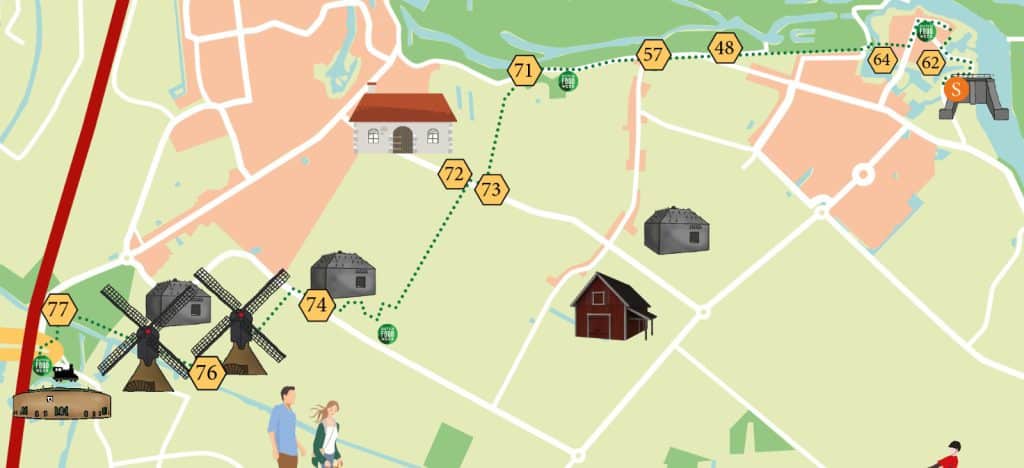The 'Big5' and 5 new routes for all Altena residents
The municipality of Altena is celebrating its 5th anniversary. To celebrate, every resident will receive a guide with 5 new walking and cycling routes in the mailbox on Thursday, March 21, delivered door-to-door with the Altena News on behalf of the municipality.
Mayor Egbert Lichtenberg: "We are now 5 years on the road with the 'new' municipality of Altena and time has flown by. We have entered into many new collaborations in the past 5 years and so for this booklet. VVV Biesboschlinie has made a beautiful booklet. I wish everyone lots of fun with these routes.
From gnome route to cycling tour
The guide and routes were developed by VVV Biesboschlinie, the tourism agency that promotes the entire municipality of Altena. The routes have different themes, for example a special gnome route for children has been devised in the Almbos. There is also a focus on the war past and regional products are highlighted in the tasty region route. Cyclists have also been thought of with a special route along all the cores of the municipality of Altena with a nice loop through the Biesbosch.
As a bonus, you can also meet the "big five" of Altena. Five striking animals that you may just encounter along the way. A coloring page for children and wheelchair-accessible walks complete the booklet. The booklet came about in cooperation with local organizations.
Councilwoman Claudia Schipper: "There are so many special places in Altena to discover, so I invite all residents to put on walking shoes or get on their bikes and feel free to play tourist in their own region.
The first booklet was handed out this morning at the opening of the Gnome Trail in the Almbos in Giessen.
No/No Sticker?
The booklet with the routes can be picked up at the town hall in Almkerk, at VVV in Woudrichem (Kerkstraat 7) and many tourist points in the area. The routes can also be found on the website of VVV Biesboschlinie: Biesboschlinie.com/lustrum



